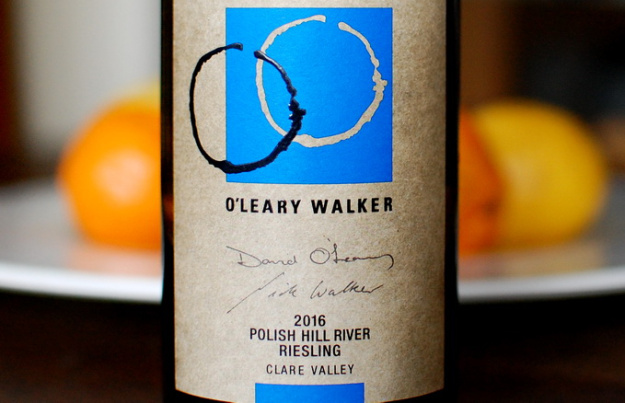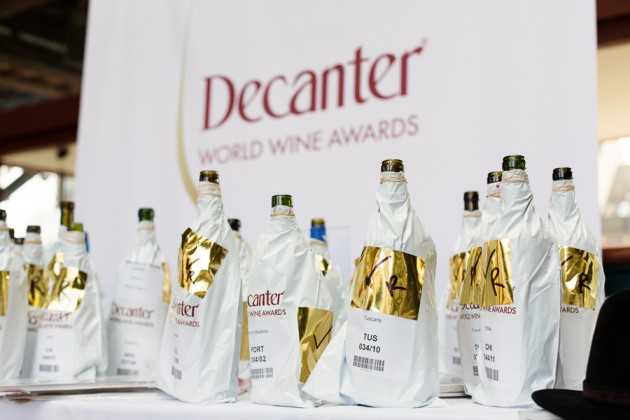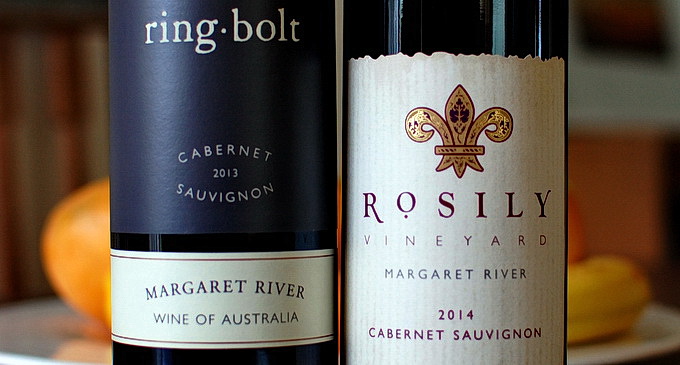It was a Great Riesling Vintage
The 2016 vintage was the best in a decade for Riesling in South Australia, with the Eden and Clare Valleys stealing the show so far. The other good news is that Riesling provides enormous value for money, since you can buy the best for less than $20, and even as little as $15. Riesling is the perfect crisp and refreshing summer wine, great with cold chicken and ham on picnics and at BBQs. More here: It’s official: 2016 is a Great Riesling Vintage.
Rosé came out of the cold
I’ll never know why it stayed there so long, like a prisoner condemned to spend the rest of his life on a remote island. Here’s another great wine style that suits our climate and way of life, another wine that matches cold cuts and salads, and another wine that is great value for money.
Just look at these stunning examples: Yalumba Y series Sangiovese Rosé 2016 – $9.50 at Dan M’s, Angove Nine Vines Grenache Shiraz Rosé 2016, $10 at 1st Choice, and Deep Woods Margaret River Harmony Rosé 2016 $12 at Summer Hill Wine. When it comes to wine at least, we still live in the lucky country.
New varieties still unconvincing
I’ve seen a lot of samples of wines made from fancy new varieties, ranging from Vermentino and Nebbiolo to Negroamaro, but none has really grabbed me yet. I say yet because the wines come from young vines for obvious reasons, which may produce better fruit with greater maturity.
The other problem is the price if these ‘trial’ wines. That’s what they are, in effect, but I guess they’re a hit with the trendy bistro and wine bar set. Most are $20 or more, when you can buy better wines from Italy for $14 such as this Terre di Sava Luccarelli Negroamaro 2013 from Puglia.
Pinot Grigio has taken off, and may well give Sauvignon Blanc a run for its money since wineries have figured out that it walks out the door if you make it sweet and obvious enough. As an aside, Grenache is a variety we’ve grown forever, but the Spaniards make more consistent wines from this variety at much better prices.
Over-the-top Wine Ratings and Medals
This cynical side of the business has become big business, with Decanter World Wine Awards (DWWA) and the International Wine Competition (IWC) handing out close to 20,000 awards (trophies, medals and commendations) after judging 30,000 entries. The money they make comes from the stickers they sell to wine companies for adorning the prize winning bottles. This quote says it all: ‘If a wine didn’t make you retch, it got a Commended.’ More Here: How the Wine Trade is Taking Consumers for a Ride.
Down Under, Fran Kelly on ABC radio breakfast talked to several wine reviewers including yours truly under the heading Australian Wine Industry Questions Integrity of Wine Ratings.
This followed veteran reviewer and wine judge Huon Hooke’s move to rename his review site The Real Review. Huon has teamed up with Bob Campbell from across the Tasman, and has added more contributors. Good to see.
Good calls and bad calls, lessons learned and more
We get it right more often than not at Best Wines Under $20: the emails praising our recommendations outnumber those disagreeing by about 12 to 1. I’m pretty please with that ratio, and getting wrong from time to time is inevitable in this business.
Finding a wine like the Topers Chardonnay 2013, at such an attractive price, is a long shot. I thought we found it in the Mountadam Barossa Chardonnay 2014, which Winedirect sold for $129 a dozen. I’ve tried 3 bottles of it since recommending it, and it’s more restrained than I recall, and not that engaging right now. The structure is there, and the wine may just need another year or so to come out of its shell, so give it more time. That Halliday gave it 95 points doesn’t make me feel better.
I’m a huge fan of Rosily vineyard in Margaret River, and I’ve recommended their Cartographer Bordeaux blend more than once. I opened a 2011 over Christmas and didn’t enjoy it much: a bit thin, a touch green, lacking fruit and depth – did I keep it too long or is it just going through a stage?
I’ve also been a long term fan of Hoddles Creek in the Yarra Valley, especially their Estate Chardonnays, and bought quite a few of them going back to 2010. The rewards have been patchy: Some vintages even show a petrol character like that we find in old Rieslings, caused by a chemical compound called 1,1,6-trimethyl-1,2-dihydronaphthalene, known as TDN to its friends. More in Petrol Sniffing.
One reader took me to task for giving similar points to a couple of reds: a Devils Ridge Block 60A Cabernet Sauvignon Shiraz 2014 – $10 at Kemenys (92 points), and a Devil’s Lair The Hidden Cave Cabernet Shiraz 2014 – $17 at Dan M’s (92+ points). He argued that the Devil’s Lair was at least a couple of points better than the Devil’s Ridge, and I have to agree with him.
On the positive side, we’ve found many great bargains close to the magic $10 line; I’ve listed the best of these in this week’s Best Buys Weekly. After all, that’s the tough terrain that we pride ourselves of knowing better than anyone.
Higher up the scale, we continue to find bargains like the Rosily Cabernet Sauvignon 2014 – $22 at Kemenys – which would give many more expensive Margaret River Cabernets a run for their money. Opened a bottle of this last week, and it was even better than I remembered. I think it’s a better wine than the Ringbolt 2013; both featured in Decanter’s top Margaret River Cabs and scored 93 and 94 respectively. I’d score the Ringbolt at 93 and the Rosily at 95/96, it’s that good.
Changes for 2017
It was a good year for great wines under $20, and we never had to scratch around for bargains. I’m thinking of cutting down the number of wines we recommend since subscribers keep asking me to, or rather pleading with me. I’ve even lost subscribers who said they simply bought too much wine. In my defence I can only protest that we find good wines at sharp prices, and rely on you to choose and buy according to your taste, need and capacity (financial or otherwise).
One thing I started late last year, and will continue this year, is to use more of the 100 point rating scale. We see that in America and Europe reviewers use the last 20 to 25 points of the scale (for recommended wines); here we use 12 – 15 points, don’t ask me why. I’ll publish a slightly expanded scoring scale for the way we judge in the near future.
I’d be happy to receive any suggestions you have for improving the newsletter and website. My thinking is to simplify the newsletter and have more time to update the website content such as Best Lists and short term specials. All ideas are welcome but can’t necessarily be implemented.
Kim



